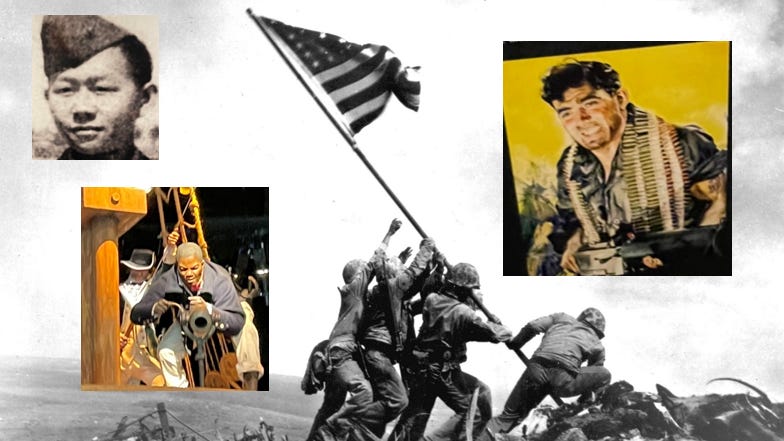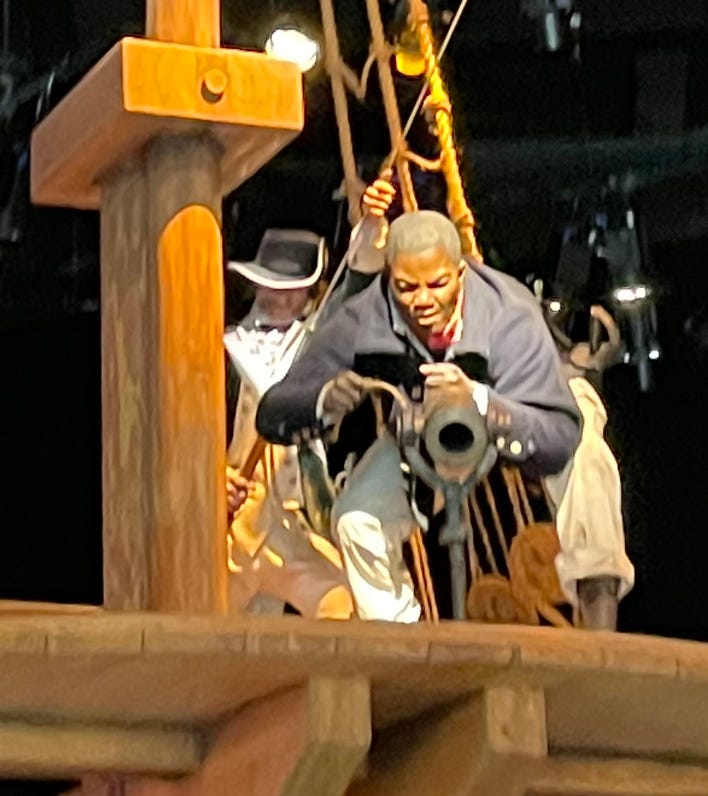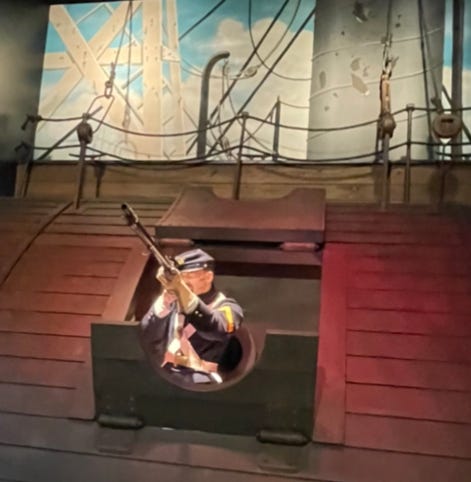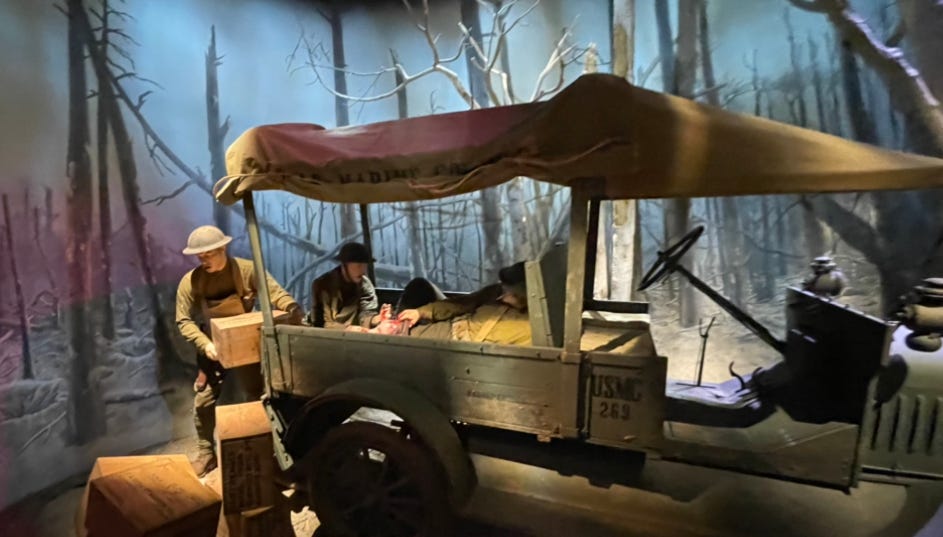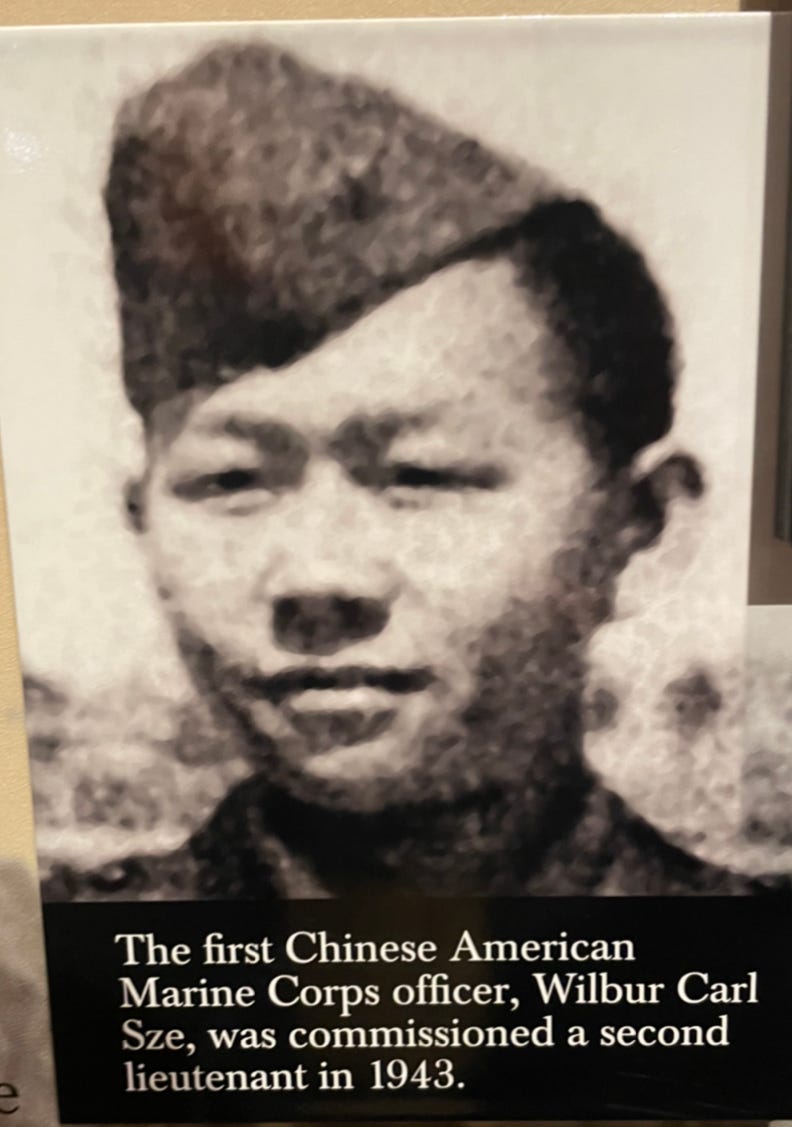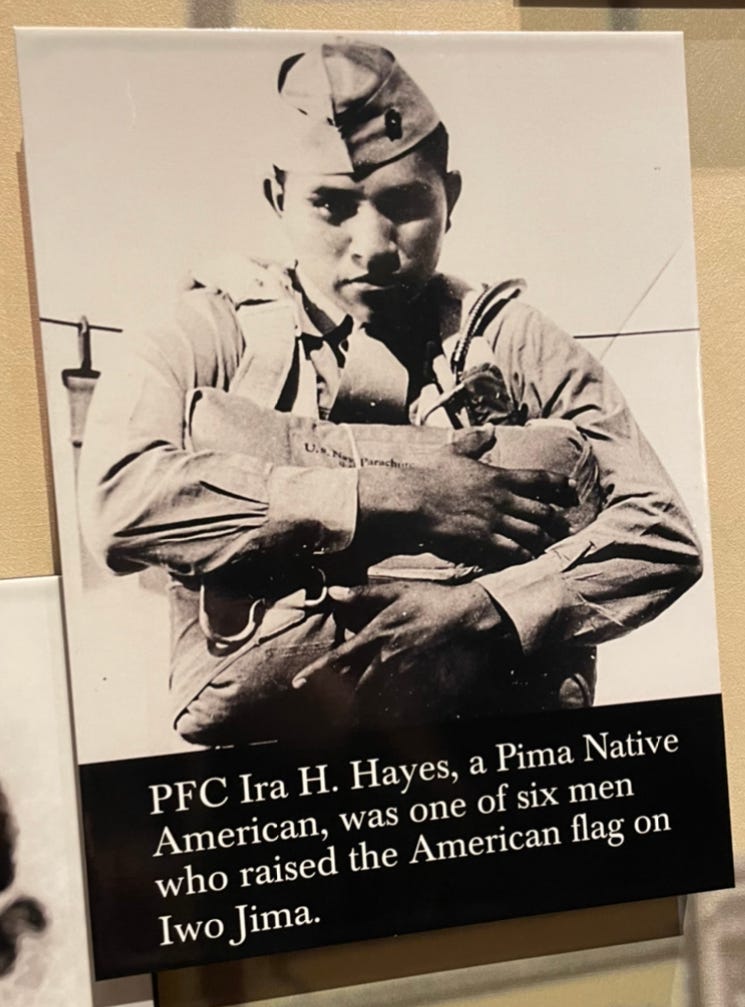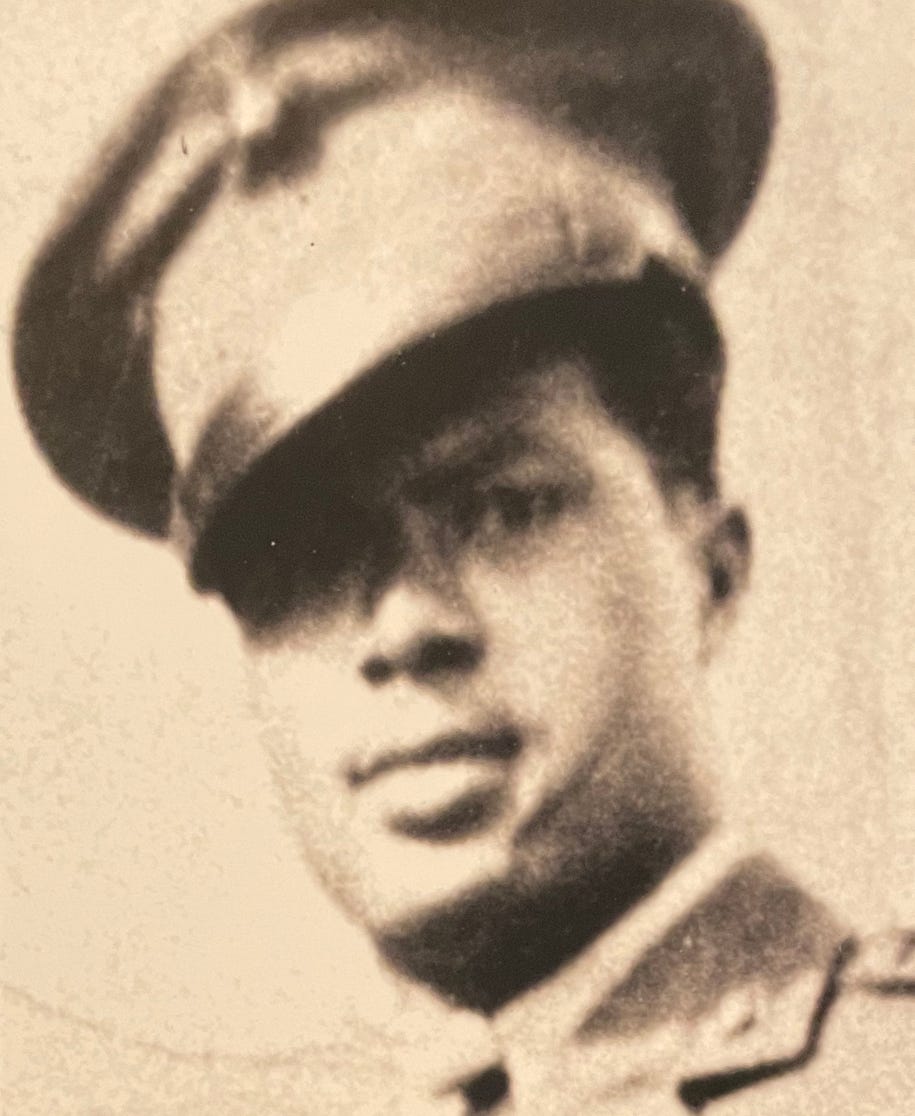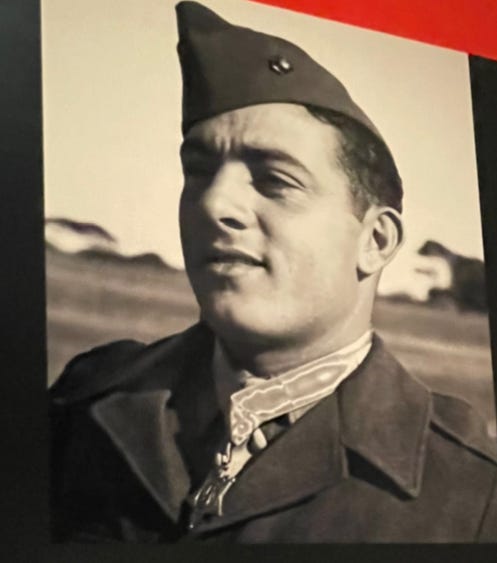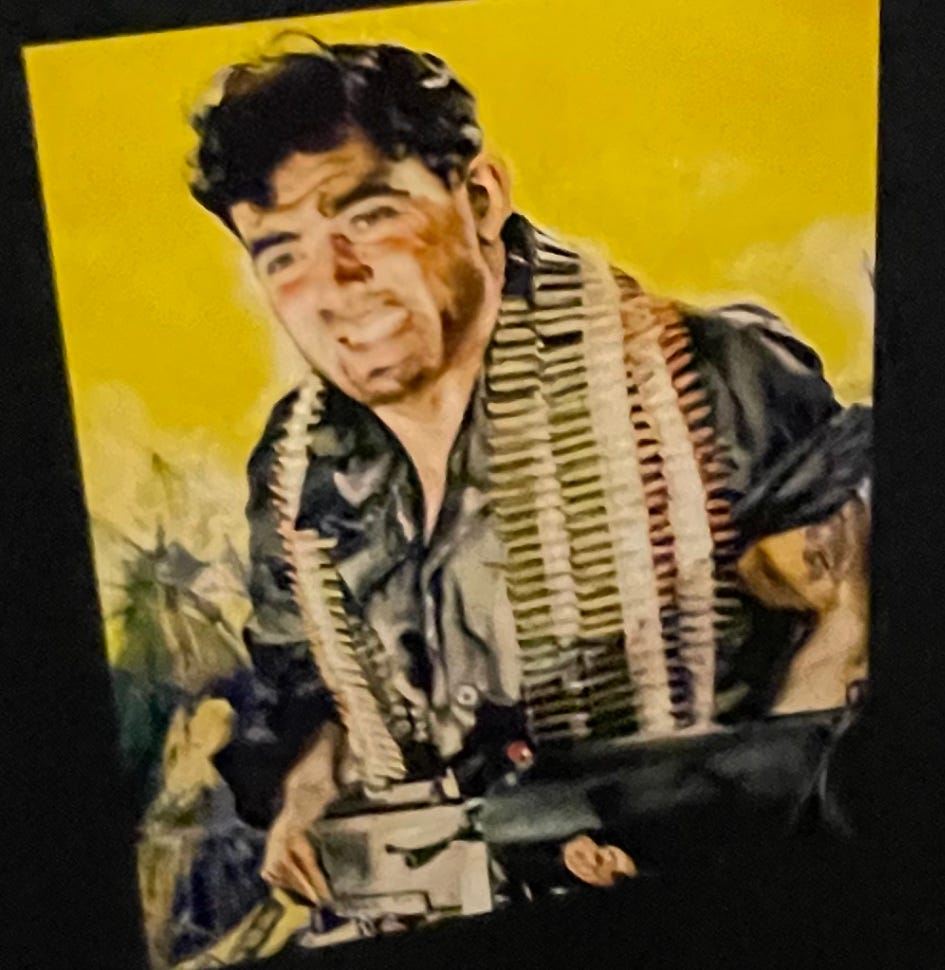Untold Stories: Trailblazing Marines throughout US History
There are so many inspiring, beautiful stories about the great heroes of American history which are scarcely ever told. One happens on them accidentally—buried in a thick, out-of-print biography, in small print on a museum sign, casually and fleetingly mentioned in an obscure educational video. America cannot return to greatness in the future if we do not truly understand the greatness of our past. That is why I am writing an article series to tell a few of these little-known but moving or illustrative “untold stories” of American greatness.
My articles in this series so far have included how Union Col. Trimble saved black freemen from Confederate enslavers, how George Washington single-handedly ended dangerous infighting in the Revolutionary Army, and Abraham Lincoln’s moving meeting with freed slaves in Richmond, VA. Today’s article includes many stories, all about one of the greatest American institutions. The US Marine Corps has been winning a name of courage and heroism for itself since before the Declaration of Independence was written. In today’s Untold Stories article, I want to look at a few of the trailblazing Marines who had the most impressive stories or who were firsts in their achievements in American history.
“The Continental Congress authorized two battalions of Marines on 10 November 1775, the date traditionally celebrated as the Marine Corps’ birthday. According to legend, Captain Samuel Nicholas began recruiting men at Philadelphia’s Tun Tavern on that date.”
From the very beginning, the Marine Corps incorporated some of the best parts of what it means to be American—including fully-integrated ethnic diversity.
“John Martin of Wilmington, Delaware, was the first Black Marine. Enlisting in 1776, he served on the brig Reprisal during several sea battles against the Royal Navy before going down with his ship in the north Atlantic. Other African-American Marines fought in the Trenton-Princeton campaign under General George Washington.”
US Marines have not just been the vanguard of American forces in wars—they were often present for many historic peacetime events too. The Wilkes exploring expedition that discovered Antarctica included a band of Marines:
“Lieutenant Charles Wilkes, USN[avy], led a six-vessel expedition that left New York in 1838, spent four years exploring the Pacific Ocean, and sailed 87,000 miles. Wilkes conducted scientific experiments and projected American interests on an immense circuit that discovered Antarctica and explored Fiji, Samoa, Tarawa, and the west coast of North America. The 31 Marines with the expedition, led by Quartermaster Sergeant Marion A. Stearns, skirmished often with hostile natives.”
The US Civil War saw a lot of divisions, saw former comrades and brothers pitted against each other as enemies, and the Marine Corps was no exception. One engagement between Marines—some who had defected to the Confederacy, and some who had stayed loyal to their country—was somewhat of a victory for the Confederates, since the Union soldiers failed to take the Confederate capital of Richmond. One Union Marine behaved with such heroism, however, that he became the Marine to receive the Medal of Honor.
“‘I cannot understand how any of you escaped alive.’ —President Abraham Lincoln, inspecting the battle-damaged Galena
A powerful Union naval force led by ironclads Monitor and Galena steamed up the James River toward Richmond, Virginia, on 11 May 1862, until halted by obstructions beneath Drewry’s Bluff. Plunging fire from enemy guns atop the bluff battered Galena mercilessly. Confederate soldiers and Marines poured musketry into her ports. ‘Blood flowed on her decks like water,’ reported Corporal John F. Mackie, USMC [US Marine Corps], who rallied the stunned survivors and kept the ship’s guns in action. The Confederate defense, which saved their capital, marked the war’s most notable fight between opposing Marines.
Corporal Mackie, a 26-year-old silversmith from New York City, received the Medal of Honor from President Abraham Lincoln, becoming the first U.S. Marine to be awarded the nation’s highest award for valor.”
World War I permanently changed how the Marines fought wars. The horrors of Belleau Wood presented a first for US Marines in terms of the combat style of the fighting:
“‘Berry had 400 yards of open wheat field to cross in the face of a galling fire. . .I did not believe he could ever reach the woods.’ —Colonel Albertus W. Catlin, 6th Marines, 6 June 1918
Marine rifles, firing with deadly accuracy at long range, ushered in a new epoch in the war and in the history of the Corps when they halted Germans pushing toward Paris on 3 June 1918. Three days later, in their initial assault into Belleau Wood, near the Marne River in France, the 4th Marine Brigade suffered 1,087 casualties to German machine gun and artillery fire. After 150 years of service in the colonial-infantry pattern, Marines for the first time faced a full-scale engagement with a well-armed first-class antagonist. Three weeks later, they emerged triumphant.
Stalwart Marines, with tough and determined leaders, four of whom would become commandants of the Marine Corps, achieved victory at harrowing cost. Belleau Wood became a touchstone battle in the annals of the Corps, clearly marking the birth of the modern United States Marines.”
During World War II, America was struggling to come out of many of the prejudices of its past. Non-white soldiers started breaking color barriers, not just in the Army but in the Marines. Here is the first Chinese-American Marine officer:
Most Americans know the famous picture of the flag being raised on Iwo Jima. What most people don’t know is that the diversity of the flag-raising Marines was as iconically American as the flag:
One of the first black non-commissioned Marine officers of modern times not only was a pioneer in the WWII Marines, he went on to serve with honor in the Korean and Vietnam Wars.
“Edgar Huff enlisted in the Marine Corps in June 1942 and trained at Montford Point Camp. ‘I wanted to be a Marine,’ he said years later, ‘because I had always heard that the Marine Corps was the toughest outfit going, and I felt I was the toughest going, so I wanted to be a member of the best organization.’ His toughness and physical strength had served him well as a crane rigger for the Republic Steel Company in Alabama City near his home of Gadsden, Alabama.
Huff reported for duty at a time when the Montford Point operation desperately needed forceful and intelligent African Americans to assume the duties of white non-commissioned officers on the staff. Since he possessed the very qualities that the Marine Corps was seeking, he attended a drill instructor’s course, served briefly as an assistant to two white drill instructors, took over a platoon of his own, and soon assumed responsibility for all drill instructors at Montford Point.
He was promoted to platoon sergeant in September 1943, gunnery sergeant in November, and, in June 1944, became the first sergeant of a malaria control detachment at Montford Point. He deployed overseas in late 1944 as First Sergeant, 5th Depot Company. Huff served on Saipan, saw combat on Okinawa, and took part in the occupation of North China.
Huff was discharged when the war ended. He spent a few months as a civilian and then reenlisted. He saw service during the Korean War, where he participated in combat operations at both the Punchbowl and later on the west-central front. During the Vietnam War, he served two tours of duty, where he became Sergeant Major, III Marine Amphibious Force, the principal Marine Corps command in Southeast Asia. He retired in 1972 while serving as Sergeant Major, Marine Corps Air Station, New River, North Carolina. He died in May 1994.”
Some of the most heroic Marines, with almost legendary stories, paid the ultimate price—dying to preserve freedom:
“In 1949 the Navy commissioned a new destroyer, the USS Basilone, in honor of the late, heroic Sergeant John Basilone, USMC.
‘Manila John’ Basilone, nicknamed for his Philippine service, was an inspirational sergeant who received the Medal of Honor for his desperate defense of a key sector of Guadalcanal’s ‘Coffin Corner’ against nightlong Japanese attacks.
Basilone, who grew up in New Jersey as one of ten children, came home to great acclaim but voluntarily returned to combat. Landing on Iwo Jima, Basilone single-handedly captured a Japanese blockhouse before dying in a mortar barrage.”
From before the United States were even an official country up until the present day, the US Marine Corps has always been in the thick of the fight to establish and preserve liberty, both at home and around the world. The trailblazing US Marines are one of the proudest chapters in our national history. Semper Fi!




